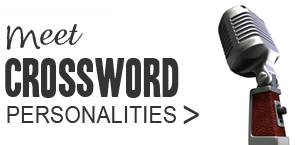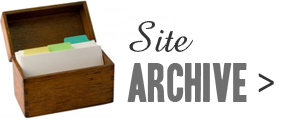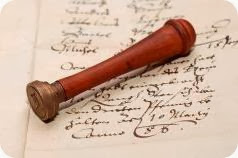 Regular cryptic clues have two discrete components - the definition and the wordplay. &lit is an unusual clue type in which the definition and the wordplay are the same.
Regular cryptic clues have two discrete components - the definition and the wordplay. &lit is an unusual clue type in which the definition and the wordplay are the same.
&lit stands for "and literally so". The wordplay is of any regular type in an &lit clue - say, container or anagram; the specialty is that the entire clue is its definition.
Take for example: Cop in male form (9) POLICEMAN
The entire clue is the definition – a POLICEMAN is a "Cop in male form". The entire clue is also its wordplay – the answer is an anagram of (COP IN MALE) with "form" as the anagram indicator.
More examples of &lit clues using other wordplay techniques.
&lit with Charade:
Guardian 23892 (Rufus): I'm a leader of Muslims (4) IMAM
I'M A M[uslims]
&lit with (Anagram + Container):
Times 23986: This means getting excited about start of undertaking (10) ENTHUSIASM
(THIS MEANS)* around U[ndertaking]
&lit with (Charade + Reversal):
Guardian 23911 (Orlando): One's cold to walk over (6) ICECAP
I (one) has C (cold), PACE (walk) reversed
&lit clues are also called all-in-one clues, since the wordplay is the same as the definition.
&Lit Clue Characteristics
Some traits of &lit clues to help you identify them:
- &lit clues are typically "short and snappy"
- An exclamation mark at the end is a good sign that the clue in question is of &lit type
- Such clues most often use the hidden word or anagram wordplay styles
&lit clues can be tricky to spot. The traits above do not apply all the time - a long clue with no trailing punctuation can as well be &lit. A rule of thumb: if you can "see" the answer based on the crossing letters or the wordplay, but you can't see the definition, check if it is an &lit type. You would need to read an &lit clue twice – once for its wordplay and another time for its definition.
In some &lit clues, the wordplay is only part of the clue – this variant is called the semi-&lit.
&lit clues are rare; it takes great skill to craft a good &lit. When you do come across them, relish the experience.
Related Posts:
- Other Clue Types: Anagrams, Hidden Words, Charades, Containers,
Deletions, Double Definitions, Homophones, Substitutions,
Acrostics, Cryptic Definitions, Reversals. - The difference between Cryptic Definitions and &Lit clues
- Semi-&Lit clues
If you wish to keep track of further articles on Crossword Unclued, you can subscribe to it in a reader via RSS Feed. You can also subscribe by email and have articles delivered to your inbox, or follow me on twitter to get notified of new links.
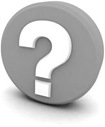
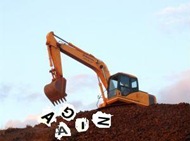 Clues that contain hidden words - also called 'telescopic clues' - have the solution embedded straight into the text of the clue. The solution might be wholly contained in a single word, or span over a continuous set of words.
Clues that contain hidden words - also called 'telescopic clues' - have the solution embedded straight into the text of the clue. The solution might be wholly contained in a single word, or span over a continuous set of words. 
 For those of you who want to solve cryptic crosswords but find them impossibly tough, here are a few tips to get you going.
For those of you who want to solve cryptic crosswords but find them impossibly tough, here are a few tips to get you going. 


